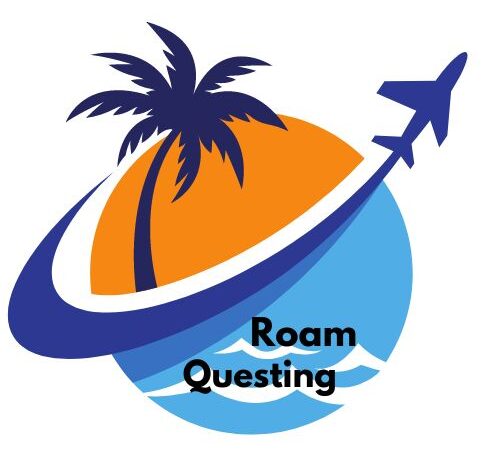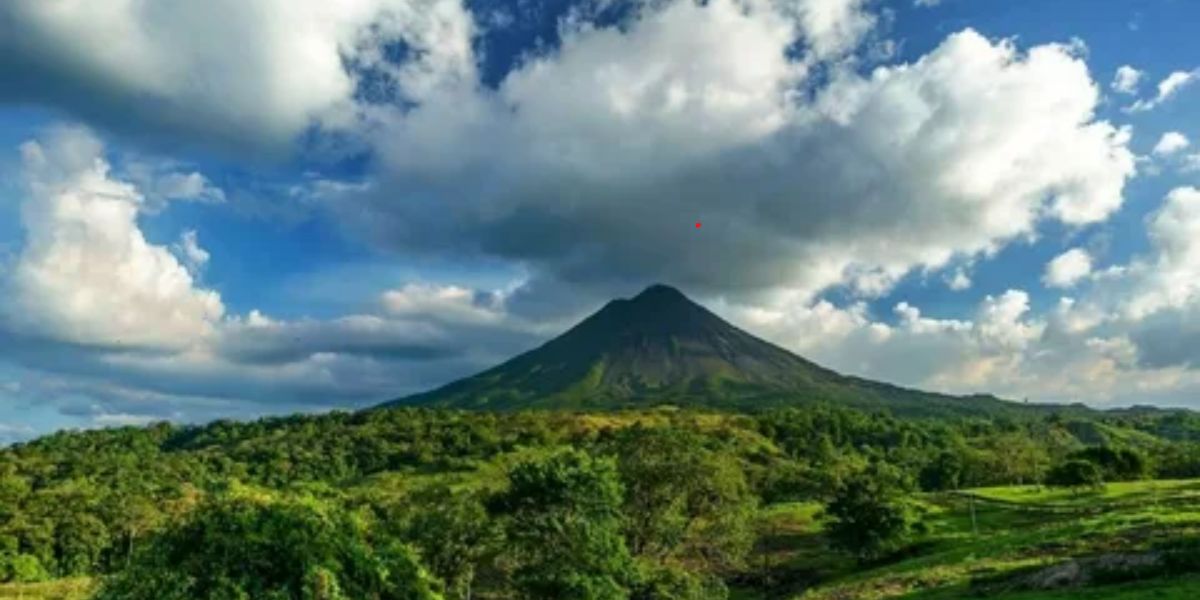The Caribbean Sea and the Pacific Ocean, Costa Rica is often celebrated for its breathtaking landscapes, vibrant wildlife, and lush rainforests. But despite its fame as a tropical paradise, many people still find themselves scratching their heads when asked: what continent is Costa Rica in?
This tiny Central American nation, with its pristine beaches and rich biodiversity, holds more than just stunning scenery; it’s also a melting pot of cultures and histories that defy simple geographical categorization.
So What Continent Is Costa Rica In?
Costa Rica often sparks curiosity when it comes to its geographical classification. While many people automatically associate this stunning nation with Central America due to its location, it’s essential to understand that Costa Rica is generally regarded as part of the North American continent. This perspective creates an interesting conversation around how we define continents and regional identities in a globalized world. The unique blend of Caribbean and Pacific influences in Costa Rica not only enriches its culture but also blurs the lines between strict continental boundaries.

What continent Costa Rica belongs to opens up discussions about cultural heritage and ecological diversity. As a gateway between North and South America, Costa Rica boasts an array of biodiversity that serves as a crucial sanctuary for thousands of species. With lush rainforests, volcanic landscapes, and pristine coastlines, the country acts as a vital bridge for ecological migration while simultaneously standing out for its commitment to sustainability. You can more learn by visit my blog the unique things about Cuba that make this island nation truly one-of-a-kind.
Incredible Biodiversity
Nestled in the heart of Central America, Costa Rica is a vibrant tapestry of biodiversity that beckons nature lovers and adventure seekers alike. It’s intriguing to note that while many may casually ask, What continent is Costa Rica in? the country’s ecological wealth transcends its geographic placement. This small nation successfully covers about 0.03% of Earth’s landmass yet harbors nearly 5% of the world’s species, making it a living laboratory for biologists and conservationists.
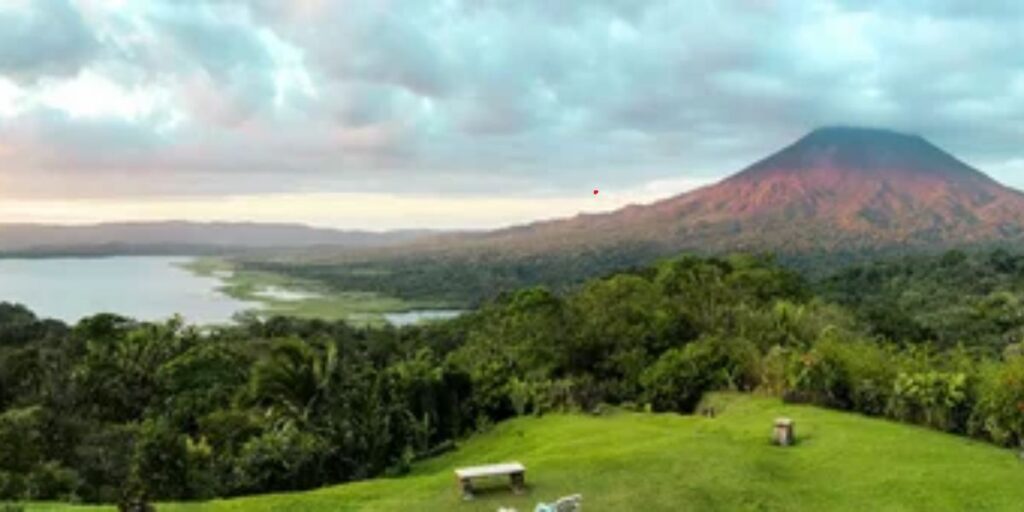
San José, serving as a gateway to elevating experiences like exploring lush rainforests or uncovering hidden waterfalls, visitors are constantly amazed by the contrast between urban life and untouched nature. Just south lies Panama—a country equally rich in wildlife—that emphasizes Central America’s role as a biological corridor teeming with undiscovered marvels. You can learn more by read my article Caribbean part of North America and its unique cultural and geographical significance.
What Makes Costa Rica Special For Travelers?
Central America, Costa Rica is a vibrant jewel that captivates travelers with its unparalleled biodiversity and commitment to sustainability. One of the most remarkable features of this enchanting destination is its extensive national park system, which protects around 25% of the country’s land area. From the dense jungles teeming with exotic wildlife to breathtaking volcanic landscapes, visitors find themselves immersed in natural beauty unlike any other on the Costa Rica continent. The opportunity to witness sloths lazily hanging from trees or colorful toucans soaring through the sky allows travelers to develop a profound connection with nature.
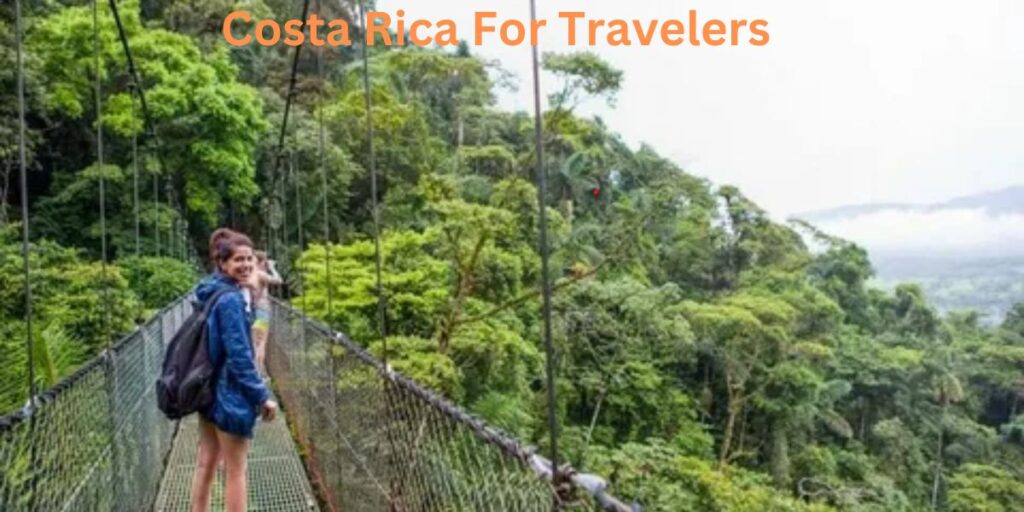
Costa Rica special for travelers is its rich cultural tapestry woven from indigenous heritage and contemporary influences. Visitors can engage with local communities and partake in traditional coffee tours, immersing themselves in the country’s agricultural heartbeat while savoring some of the world’s best brews. Moreover, Costa Ricans—affectionately known as Ticos—exemplify pura vida, an ethos celebrating simple joys and gratitude for life itself.
Why Is Costa Rica’s Location Important For Travelers?
Costa Rica’s strategic location offers an unparalleled gateway to diverse ecosystems and breathtaking landscapes, making it a must-visit for travelers seeking both adventure and tranquility. Situated between the Caribbean Sea to the east and the Pacific Ocean to the west, this vibrant country boasts a compact size that allows visitors to experience lush rainforests, volcanic peaks, pristine beaches, and abundant wildlife without extensive travel time. Whether it’s exploring the cloud forests of Monteverde or basking on the sun-soaked shores of Manuel Antonio National Park, Costa Rica provides an incredible diversity within a short distance.
Costa Rica’s unique geographical position not only enriches its natural beauty but also fosters biodiversity that is among the richest in the world. As part of the North American continent (with cultural connections extending into South America), it serves as a biological bridge where creatures from different climates coexist—offering travelers rare encounters with sloths in humid jungles or turtles nesting on sandy shores.
Costa Rica’s Size And Surrounding Countries
Costa Rica covers just over 51,000 square kilometers, comparable to the size of West Virginia. This modest land area is a treasure trove of biodiversity, hosting vibrant rainforests and mystical cloud forests that are home to countless species yet to be discovered. The country’s unique geography not only creates diverse ecosystems but also offers stunning landscapes shaped by active volcanoes like Arenal and Poás.
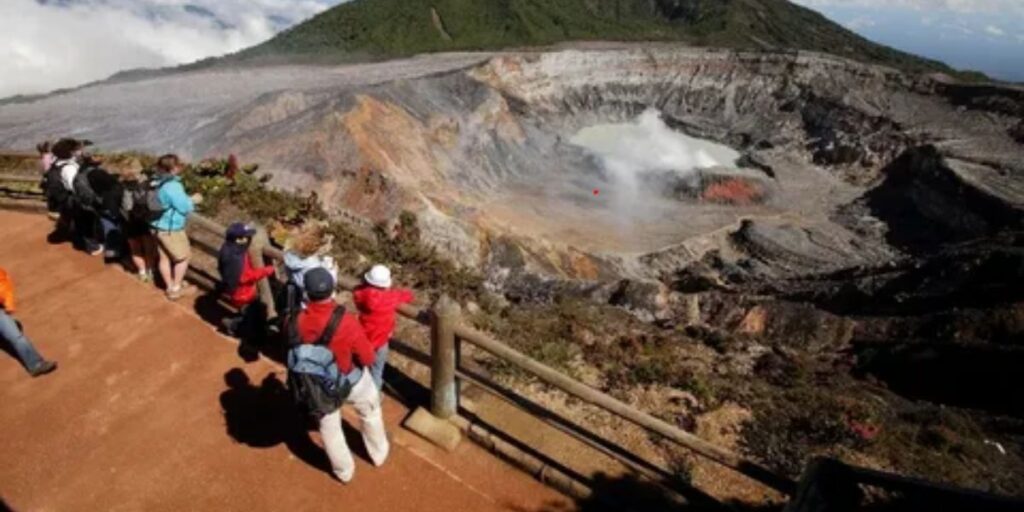
Surrounded by Nicaragua to the north and Panama to the south, Costa Rica serves as a vital corridor between North and South America. It is situated on a narrow strip of land surrounded by two oceans: the Pacific Ocean to the west and the Caribbean Sea to the east. This strategic location enhances its ecological richness and fosters cultural exchanges with neighboring countries.
Is Costa Rica Worth Visiting?
Costa Rica, nestled in Central America, boasts a breathtaking blend of natural beauty and vibrant culture that make it a beacon for travelers. On the lush landscapes of this Costa Rican continent, from the serene cloud forests of Monteverde to the fierce outlines of active volcanoes in Arenal, adventure awaits around every corner.Zip-lining through dense rainforests teeming with wildlife or tackling thrilling rapids while whitewater rafting.

Costa Rica is also rich in cultural experiences. Its charming colonial towns resonate with history while modern cities pulse with energy through food, music, and art. Picture savoring perfectly prepared gallo pinto at a local café or dancing to lively marimba tunes at a street festival under the rhythm of murky sunsets—this is Costa Rica’s heart beating for you.
Final Thought:
Costa Rica is situated in Central America, a region that often gets mistakenly categorized as part of either North or South America. Throughout this article, we have debunked several myths surrounding the country’s geographical placement and cultural identity. Understanding where Costa Rica belongs not only clarifies its location but also highlights its unique biodiversity and vibrant culture. As travelers and enthusiasts continue to explore this beautiful nation, it is essential to appreciate the rich context that comes with its geography. So next time you plan a trip or discuss Costa Rica, remember to share the truth about its rightful place in Central America!
FAQs: What Continent Is Costa Rica In
Does Costa Rica Belong To North America?
Yes, Costa Rica is considered part of North America, geographically speaking. It is located in Central America, which is often viewed as a subregion of North America.
Costa Rica Technically Is South America?
No, Costa Rica is not technically part of South America; it is located in Central America.
Has Costa Rica Always Been Independent?
Costa Rica has not always been independent; its history is marked by periods of colonial rule and influence from various foreign powers.
Does Costa Rica Use US Dollars?
Yes, Costa Rica does use US dollars alongside its own currency, the Costa Rican colón. While the official currency is the colón, many businesses, especially in tourist areas, accept US dollars for transactions.
